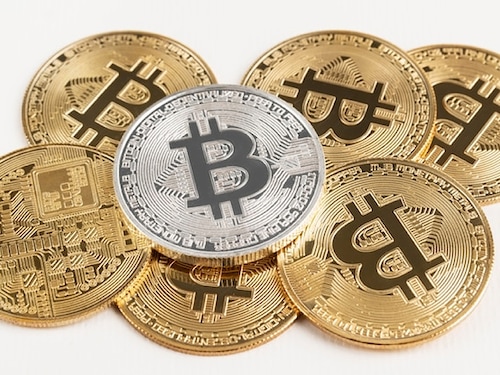Crash versus correction: is there a difference?
Knowing the difference between a "crash" and a "correction" will not only calm nerves but also lead to intelligent investment decisions


 All things considered, until last year, Bitcoin was the hottest asset class as compared to any other traditional financial instrument. For six long years, returns on Bitcoin were greater than any other savings vehicle. Sceptics will be the first ones to point out how things have changed since.
All things considered, until last year, Bitcoin was the hottest asset class as compared to any other traditional financial instrument. For six long years, returns on Bitcoin were greater than any other savings vehicle. Sceptics will be the first ones to point out how things have changed since.
In November last year the cryptosphere was on song. Prices of the oldest virtual asset had breached $65,000. Today, it’s trading at less than half that figure. How can a regular investor who wants a piece of the crypto action stomach such wild fluctuations?
For this, it’s important to know the difference between a “crash" and a “correction".
In the financial world, a “crash" refers to a drop of over 10% in price over the course of a day. This could be on account of various reasons including a small group of investors, who holding large chunks of a crypto asset, decide to sell them at once.
The biggest crash on record so far was on April 10th 2013. The US Financial Crimes Enforcement Network (FinCEN) shut down Bitfloor, a large American exchange. The new rule demanded that all such platforms had to register themselves as “money transmitters" to stay in business. Within 24 hours prices of Bitcoin plummeted by over 73% from $259 to $70.
Similarly, again on March 12th 2020, on account of the global uncertainty caused by the onset of the pandemic, prices of all leading crypto assets fell by over 40% from $7,696 to $4776. As the name suggests, a “crash" is a sudden and unexpected occurrence.
A “correction" on the other hand is a gradual decline in prices where prices fall over 10% over several days. This is a rough indicator that the “bulls" (who are known to buy assets because they believe the market is going to rise) have run out of steam, if only temporarily.
A correction takes place when the underlying asset does not have any more takers. Those who had intended to buy it, already have a piece of it. And when more and more people sell the same asset with fewer buyers to stake claim, the prices of that asset start to stagnate. Over time, they begin to dip.
Focus on reason, not just the result
Such downturns are common. For instance, even economic cycles follow a pattern of expansion and contraction. But the reasons are more important than the result itself. Hence, depending upon whether the downturn is a “crash" and a “correction", you can hedge your risks accordingly.
This goes both ways: even when the prices go through the roof in an unusually short period of time, first understand whether the spike was on account of a healthy recovery or a trigger from some announcement.
Hence, when such events occur, first, take a breath. Do your own research to know if you should HODL or sell. Even if you are not an expert (most aren’t), look for authentic sources of information such as ZebPay’s Z Blog that gives you a dispassionate analysis on various crypto projects and on how the markets are faring. Instead of being knee-jerk, such a move will help you take an informed decision on your hard-earned investments.
The pages slugged ‘Brand Connect’ are equivalent to advertisements and are not written and produced by Forbes India journalists.
First Published: Jul 27, 2022, 10:54
Subscribe Now